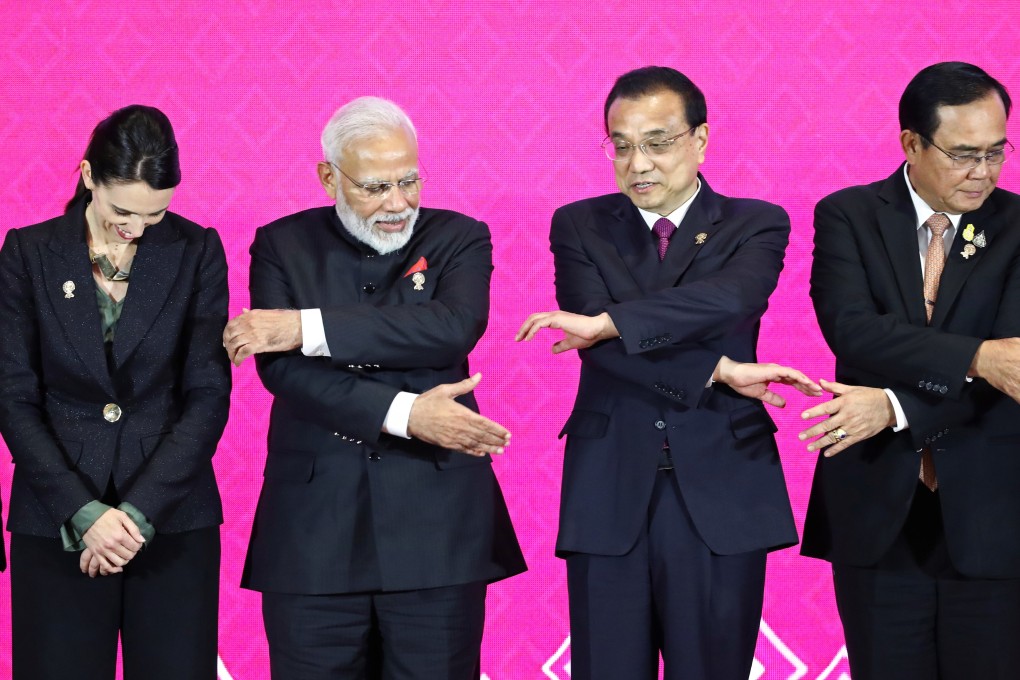Advertisement
China’s new economic ‘dual circulation’ strategy may not just be inward-looking, but also a pivot to Asia
- Amid a challenging geopolitical environment, it is unsurprising that China is looking to bolster its domestic market, but it is unlikely to completely turn inward
- While decoupling from the West, it is likely to expand regional cooperation
Reading Time:3 minutes
Why you can trust SCMP
0

The Chinese Communist Party’s next plenum will be held at the end of October, at which the authorities are likely to roll out details of the 14th five-year plan (2021-2025). Given that Beijing still prefers this top-down approach, the plan is critical for China watchers to gauge the medium-term outlook for the country amid a challenging geopolitical landscape.
The market will pay particular attention to two areas. The first is whether China will set a numeric growth target for the next five years, which will be important for the country to avoid falling into the “middle-income trap”.
Media reports have started to speculate that policymakers will accept a significantly lower target for 2021-2025, compared with an implied average of around 6.5 per cent for the 13th five-year plan (2015-2020).
The second, probably more important, question is how China will design the “dual circulation” strategy, announced by the Chinese leadership in May.

02:18
Two Sessions 2020: China sets no GDP target, defence spending growth slows
Two Sessions 2020: China sets no GDP target, defence spending growth slows
While the strategy focuses on the domestic market, given the unfavourable geopolitical dynamics, “internal circulation” (the domestic market) and “external circulation” (the world market) will have to be synergised. In the longer term, China wants to create a largely self-sufficient system.
Advertisement
